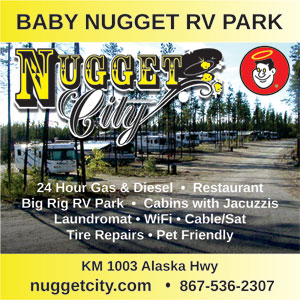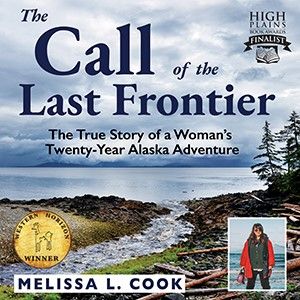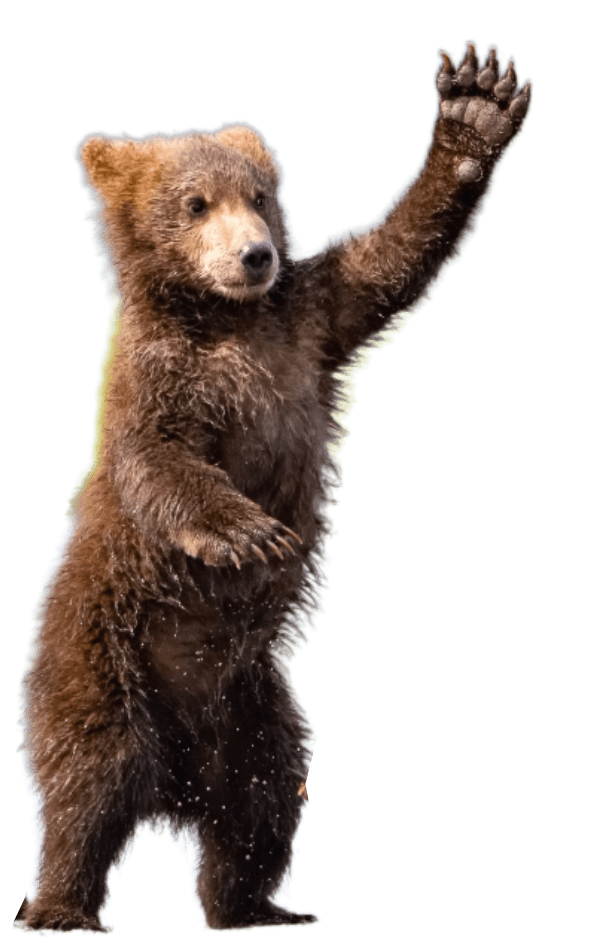The Chugach, Wrangell, and St. Elias mountain ranges converge here in Wrangell-St. Elias National Park, which includes 9 of the 16 highest peaks in the United States. This is the largest National Park in the US and is the size of six Yellowstones. The high country is covered with snow year round resulting in extensive ice fields and glacier ice caves. The Bagley Ice Field is the largest sub polar ice field in North America. Wrangell-St. Elias and the adjoining Kluane National Park in Canada form a UNESCO World Heritage site.
You may notice two spellings of Kennicott. Kennicott, with an “i” is the spelling of the glacier, river and valley, named after naturalist Robert Kennicott. However, when the town and mine were named, a clerical error was made, and they were forever spelled Kennecott, with an “e”.
Wrangell-St. Elias can be reached via two roads:
The Edgerton Highway from mile 82.5 of the Richardson Highway is 33 miles long and ends at Chitna. From Chitna to Kennecott & McCarthy it is 60 miles on a rough gravel road. Accommodation in the park include RV parks, and wilderness lodges, such as Kennicott Glacier Lodge.
The Nebesna road is at mile 60 of the Tok Cut-off and travels 43 miles to Nabesna, providing access to the northern portion of the park. This northern part of Wrangell-St. Elias is less visited but no less beautiful. Only 28 miles from the Tok Cut-off is Wrangell Mountains Wilderness Lodge & Cabins.







